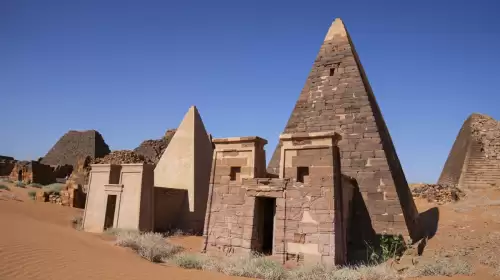Hagia Sophia Restoration Album Republished
Engravings showcasing the restoration of the Hagia Sophia Mosque by the Fossati brothers, appointed by Sultan Abdülmecid, and its condition before restoration have been compiled into a book.
Historical Documentation in Book Form
The Fossati brothers gifted an album with 25 engravings of the Hagia Sophia to Abdülmecid. This album, titled "Hagia Sophia," has been republished by Demirören Publishing, providing significant historical insights according to researcher-author Erhan Altunay and archaeologist Murat Sav.
Restoration by the Fossati Brothers
Italian architects Gaspare Fossati and Giuseppe Fossati were entrusted by Sultan Abdülmecid in 1847 to restore the Hagia Sophia Mosque. Their work included additions like the Royal Entrance façade arrangement and the Hagia Sophia Timekeeping Room.
Documenting History Through Engravings
Following the restoration, an album featuring Gaspare Fossati's drawings was published in London with Abdülmecid's support. These engravings serve as crucial records of the Hagia Sophia's history, shedding light on the mosque's architectural evolution.
Reissuing the Album for Comparison
Demirören Publishing has reissued the book in French and Turkish, maintaining its original size and design. The 25 engravings offer a unique opportunity to compare historical restoration techniques with modern practices.
Significance of the Fossati Album
Altunay highlighted the importance of the album in preserving the memory of structures lost during the reigns of Abdülmecid and Abdülaziz. The engravings depict the Hagia Sophia Neighborhood, providing a glimpse into the past.
Architectural Details Revealed
Sav emphasized the detailed restoration work by Fossati, showcasing the transformation of the mosque's exterior walls and weight towers. These engravings not only document the restoration techniques but also offer insights into the building's historical journey.
Unique Features of the Hagia Sophia
Altunay pointed out the significance of a door that once served as the mosque's entrance, now revealing hidden mosaics. Sav highlighted the origin of the door from a Pagan Temple in Tarsus, showcasing intricate mosaic panels inside.
Legacy of Fossati's Restoration
Sav discussed Fossati's structural enhancements, including column realignments and painted decorations. The restoration left a lasting impact on Hagia Sophia, preserving historical elements for generations to come.
Continued Preservation Efforts
The restoration, meticulously documented by Fossati, remains a testament to the collaborative efforts that sustained Hagia Sophia for over a millennium. The reissue of the album allows for a deeper understanding of the mosque's enduring legacy.

Mentioning Fossati’s work on the dome, he said, “Since this restoration is also extensively documented in Fossati’s drawings, it includes very important details both in terms of the building’s use and its structure. This book, first published in 1852 with the support of Sultan Abdülmecid in London, has now been republished as a special album by Demirören Publishing. This allows for a clearer comparison of what was done during that era, before and in its current state. During this restoration, it is estimated that approximately 1,000 workers were employed. After 1,500 years, Hagia Sophia continues to live, with its ancient materials from different periods.”
Hagia Sophia Museum,





